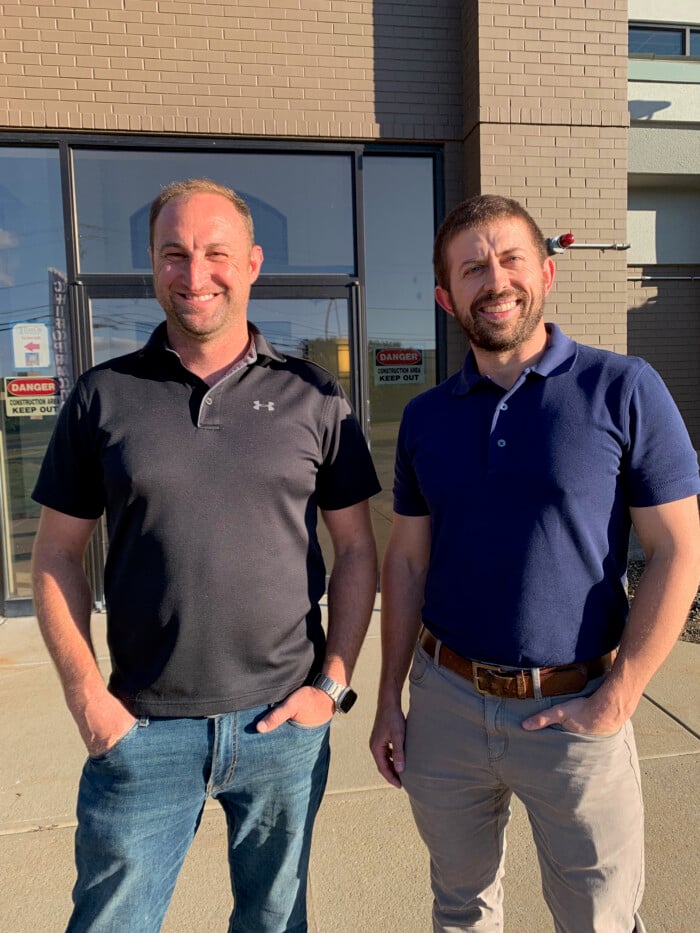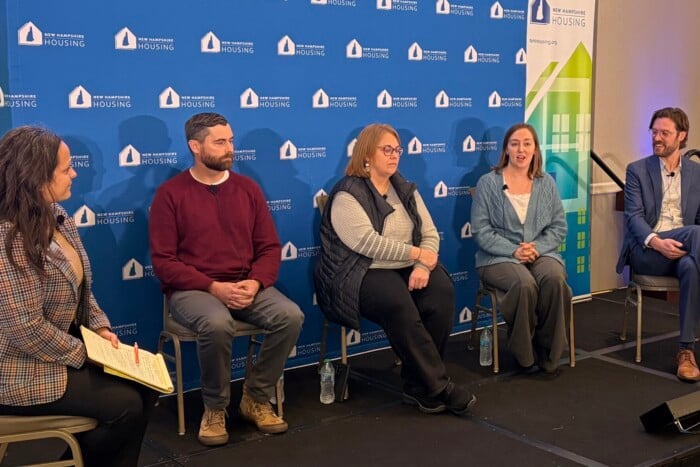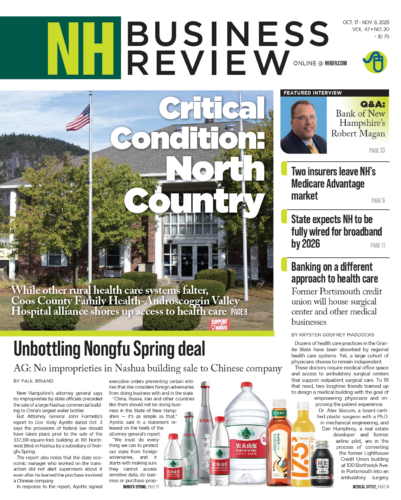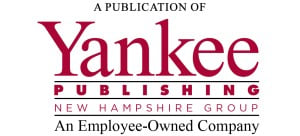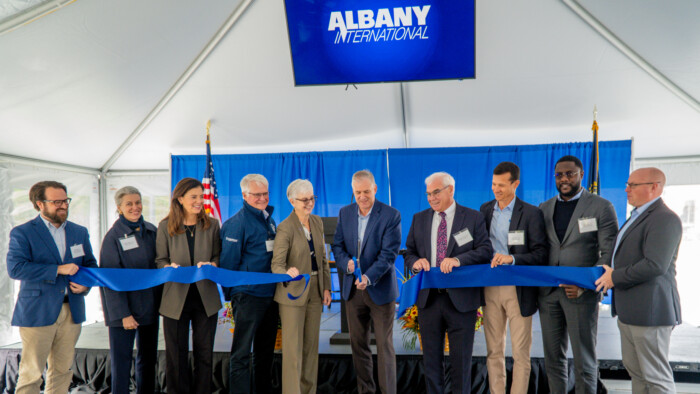Only 5.6% of the buildable land in New Hampshire has access to both water and sewer systems.
When it comes to much-needed residential construction in the state, that represents an opportunity and a challenge, according to presentations Oct. 29 during a webinar on how new access to water/sewer information throughout the state might make for better planning and more housing.
“Good data makes good policy decisions, and you can’t really have good policy decisions at the local, state or federal level, if you don’t really understand what some of the implications are on the ground,” said Nick Taylor, director at Housing Action NH.
“We have to make really smart decisions about where there’s infrastructure and where there’s not, and what does that mean for some of these policy decisions,” added Taylor, one of the five presenters during the hour-long session entitled “Where the Pipes Are: Keys to Unlocking More Housing and Better Planning.”
The discussion was sponsored by New Hampshire Business Review and the Saint Anselm College Initiative for Housing Policy and Practice. It comes on the heels of the release of new data on the NH Zoning Atlas that pinpoints where there is — and where there isn’t — infrastructure for water and sewer.

Participants in a webinar about the new water/sewer layer on the NH Zoning Atlas were (clockwise from top): moderator Elissa Margolin from Saint Anselm College, Heather Shank from the state Department of Business and Economic Affairs, Sarah Wrightsman from NH Housing, Rick Lederer-Barnes from Upstate GIS, Nick Taylor from Housing Action NH, Preston Hunter from PROCON.
The Zoning Atlas, initially made public in 2023, offers a very granular, town-by-town look at zoning policies and regulations throughout the Granite State.
Rick Lederer-Barnes walked the webinar participants through the use of the Zoning Atlas. He is a specialist in GIS mapping, the process of using a computer-based Geographic Information System (GIS) to analyze and visualize data with a geographic component. He showed how, with various filters and toggles, atlas users can zoom in in a particular community to determine minimum lot sizes or where duplexes or triplexes are allowed, or specifically prohibited.
The NH Zoning Atlas was created as a collaborative project among St. A’s housing initiative, the New Hampshire Housing Finance Authority, and the New Hampshire Department of Business and Economic Affairs (BEA).
Some 25 other states have zoning atlases. The first-of-its-kind addition of a layer showing water and sewer is a boon for builders, according to Preston Hunter, vice president of business development at PROCON, the architectural and construction management firm based in Hooksett.
“Access to sewer and water is often one of the first questions that’s asked when looking at a potential development site,” Hunter said. “Choosing the right site can really make a difference in the financial feasibility of a project or not.”
For builders, according to Hunter, density is key to making a potential residential development profitable enough to build — the more residences allowed on a parcel, the better it is for the developer.
“Zoning has been a hot topic, looking at the ability to add more density, but you really can’t do that without the availability of the sewer and water,” Hunter said. “Wells and septic systems just really can’t provide the kind of density needed to develop affordable housing, in many cases, even market rate housing at scale and so so really, we’re forced to look to sites that are serviced by public sewer and water.”
According to the data presented by the event moderator, Elissa Margolin, director of the Initiative for Housing Policy and Practice, 11.6% of the buildable land in the state has access to water, while 6.2% has access to water, while only 5.6% having access to both.
“Investments in water sewer infrastructure could go a long way in New Hampshire to allowing us to find more buildable area and more density,” said Margolin, who noted that while some communities are eager to expand their water/sewer infrastructure, other communities resist it as a way of controlling residential development.
Heather Shank underscored the need for a broad range of housing in the state. She is director of the Division of Planning & Community Development within the N.H. Department of Business and Economic Affairs (BEA).
“We do need housing of all types, but when it comes to what we’re really trying to create — more affordable housing — that’s going to be smaller houses on small lots, duplexes, triplexes, quad plexes, and, of course in the in case was where they can be supported, multi-family developments,” Shank said.
The additional data on the Zoning Atlas gives everyone — state and local officials, planners, and residents — a broader understanding of where housing can be constructed with the access to infrastructure, according to Shank.
“It can help them understand what types of housing they can support, at least with water and sewer, and where that should go, and if and where they can support multifamily,” she said. “Some communities may not be able to support multifamily at all, and their density is simply duplexes where they might have commercial development, or smaller lots where they have water sewer infrastructure.”
While the need for sewer/water infrastructure is clear, it begs the question: Where does the money come from for these expensive capital projects?
“It is millions of dollars in New Hampshire,” said Hunter, noting, not ironically, that the Granite State is filled with ledge, “which is very expensive to blast and remove for these underground pipes.”
Pumping stations for both water and sewer might also be required, adding to the expense.
“It’s a complicated question. It’s very dependent on the existing system that you’re adding on to, and it’s a big reason why there isn’t a lot of sewer and water projects going on around the state,” said Hunter.
While not a lot, Hunter said there is state and federal money — often matching funds with a community — that are available.
“More focus on making sure New Hampshire is getting our piece of the federal funding that is available, I think would be a great first step,” he said.
Sarah Wrightsman, the manager of community engagement at New Hampshire Housing, pitched the organization’s online toolbox that contains strategies on a variety of housing issues — affordable housing, costs, redevelopment, and sustainability. It also has a section on infrastructure, featuring alternatives to sewer hookups, such as community septic systems.


